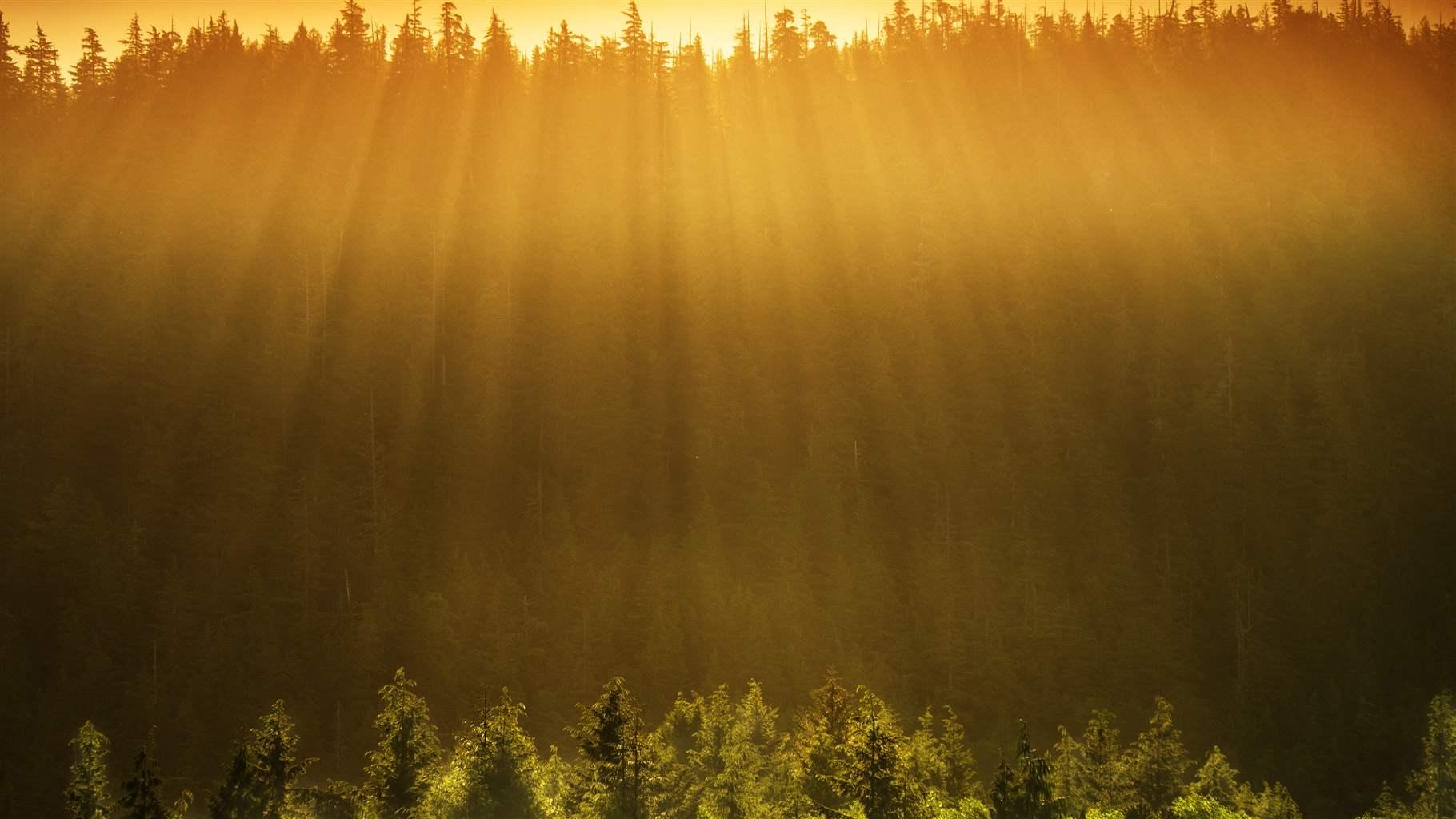Biden Administration Has an Opportunity to Consult With Tribes on Alaska Public Lands Conservation
Collected analyses examine how plans place millions of acres and Indigenous communities’ way of life at risk—and what federal leaders can do

Since 2016, the U.S. Bureau of Land Management (BLM) and the U.S. Forest Service have advanced five land management plans that would eliminate protections for the roughly 60 million acres of federally managed lands—the most of any state—in Alaska. If enacted, the Alaska plans would open vast stretches of the Bering Sea-Western Interior, Tongass National Forest, Central Yukon, National Petroleum Reserve-Alaska, and other pristine landscapes to extractive development with significant potential repercussions for lands, rivers, and wildlife, and for the Indigenous peoples whose lives and culture are intrinsically connected to these places.
However, the management plans are not yet finalized, giving the Biden administration, BLM, and the Forest Service a critical opportunity to work closely with Alaska’s tribal communities to revise the plans and achieve more balanced, sustainable management solutions that protect Indigenous peoples’ food security, sustain healthy ecosystems, and put in place conservation measures that are consistent with the administration’s stated goals on climate and environmental justice.
As the administration acts upon those objectives in Alaska and elsewhere around the country, this page will be updated with analyses of the latest developments.







